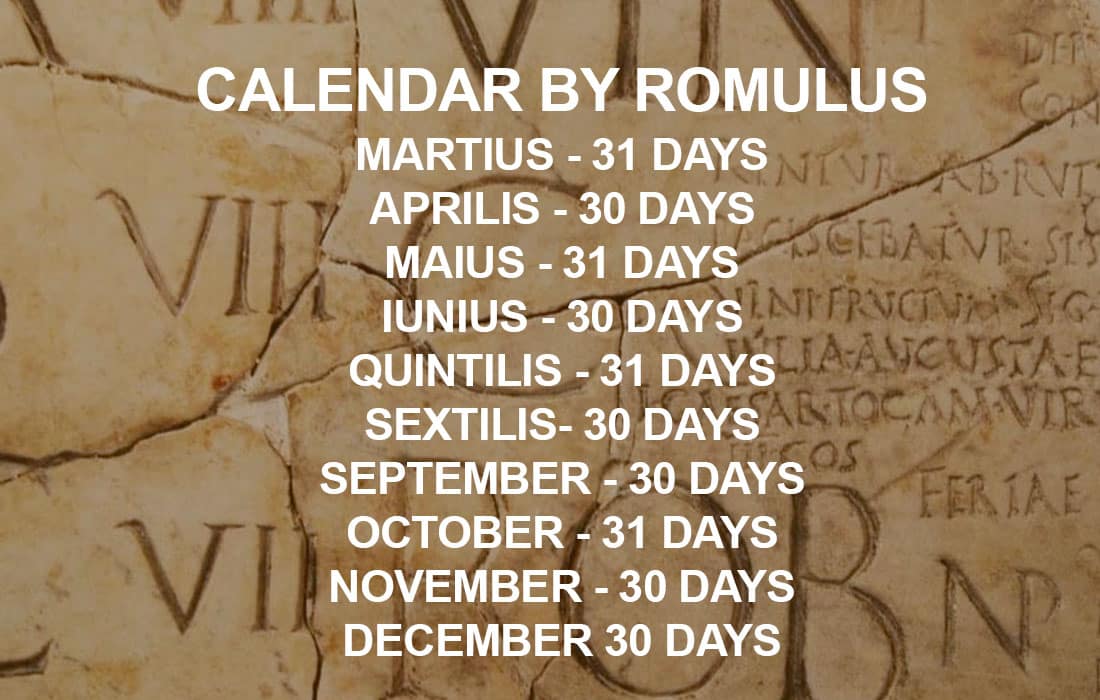“Decem” in Latin translates to 10, so why is December the 12th month of the year?
Fri 15 Dec 2023
Let’s take a trip back almost 3,000 years to the birth of Rome. Meet Romulus, the legendary founder, and his twin brother Remus. They had a bit of a fight over who gets to start a new city, and Romulus won. That’s how Rome began.
Now, Romulus wasn’t just about city-building; he also tried his hand at making a calendar. Imagine a calendar with ten months, each having 30 or 31 days, starting from March. But there was a gap between December and Martius (March). In the early days of Rome, winters were slow, and people didn’t have much to do.
Then along came Numa Pompilius, Rome’s second king. He added two new months, Ianuarius and Februarius, to cover the quiet time between December and March. So now, Rome had a twelve-month calendar, with names like December still acting like it’s the tenth month, even though it doesn’t quite add up.
Picture this: September, October, and November still sticking to their numerical identities, despite their names suggesting otherwise.
But, there was a problem with the Roman calendar. It was like an old car with a glitch; it didn’t match up perfectly with the solar year of 365 days. The priests in charge of the calendar had to add an extra month sometimes to fix things.
Fast forward to Julius Caesar, a problem solver from way back. After winning a big fight, he noticed the Roman calendar was a bit of a mess. He got advice from smart folks in Alexandria and came up with the “Julian Calendar.” It had 365 days a year, and every four years, there was an extra day—a leap year. Fun fact: In 46 BC, they had a super-long year with 445 days!
Read more from the same writer: A Slice of Paradise in Morocco: Mazagan Beach & Golf Resort
In 44 BC, a month got a makeover. Quintilis became July in honor of Caesar. Then, in 8 BC, Sextilis got a name change to August in honor of Emperor Augustus. Others tried to rename months, but their ideas didn’t stick.
The Julian Calendar ruled for over 1,500 years, but it had a small flaw. The solar year is a bit less than what the Julian Calendar thought. By the 16th century, Easter was ten days off from where it should be.
Enter Pope Gregory XIII in 1582. He made a new and improved calendar—the “Gregorian Calendar.” It added a leap year every four centuries and had a reset. So, in 1582, they jumped from October 4th to October 15th.
And that’s the calendar we still use today—the Gregorian Calendar. It’s like a time-traveling document, with its roots going back to the ancient days of Mesopotamia. Time might fly, but our calendars keep us in check. Cheers to Pope Gregory for sorting it all out!

 Apr 29 2024
Apr 29 2024












